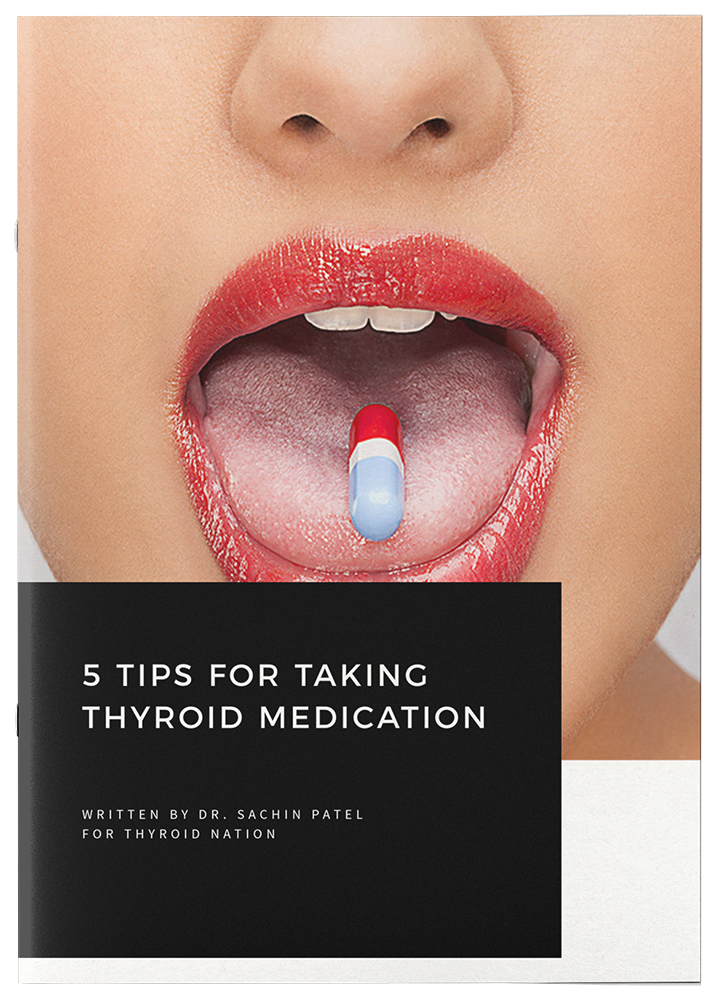
Adrienne R., Guest
Thyroid Nation
Info On Bromine And How To Avoid This Endocrine Disruptor.
Iodine, a naturally occurring element in every tissue and organ in your body, supports your thyroid function. Low levels of iodine are linked to a number of debilitating diseases, and it is estimated that up to 40 percent of the world’s population is deficient in this nutrient.
One significant factor that is contributing to the growing rates of iodine deficiency is bromine exposure. Bromines are common endocrine disruptors. Also classified as a halide, bromine competes for the receptors in the thyroid that capture iodine. In other words, bromine displaces iodine and puts you at risk for a number of health problems. This problem is called the “Bromide Dominance Theory.”
Bromine can be found in a number of objects around you, including the plastics used to produce computers, fire retardants in fabrics, carpets, and upholstery, and swimming pool treatments. Common sources of bromine also include certain foods and beverages.
Bromine-Containing Foods You Should Avoid
While some countries have already placed a ban on bromines, varieties of this chemical can still make their way to your food by means of ingredients or pesticides:
- Potassium bromate – This type of bromine is often found in flour. Hamburgers and hot dogs served in restaurants may contain some level of bromine. The addition of potassium bromate as an additive to commercial breads and baked goods is one reason why bromide exposure is high in the US and western cultures. According to commercial baking companies, adding bromated flour makes the dough elastic, enabling it to stand up to bread hoods better.
- Brominated vegetable oil – This emulsifier is used in certain soda products, such as Mountain Dew, Gatorade, Sun Drop, Squirt, Fresca, and other citrus-flavored soft drinks. Sodas contain not only bromine, but also high amounts of high fructose corn syrup and caffeine, sodium benzoate, and artificial colorings.
- Methyl bromide – This type of bromine is often found in pesticides. Bromine-pesticide is used mainly on strawberries that are predominantly cultivated in California. Aside from methyl bromide, ethylene dibromide is commonly used in intensive horticulture and for postharvest treatment. According to experts, the use of pesticides containing bromine is the main route of human bromine exposure.
When ingested, bromine can accumulate in your central nervous system and trigger a number of psychological and psychotic symptoms, like acute paranoia. Bromine can also affect your:
- skin
- appetite
- digestion
- cardiovascular health
Adjust Your Diet to Avoid Iodine Deficiency
There are steps you can take to fight bromine exposure. It is very important to pay attention to what you put in your mouth. You should consume organic foods as often as possible. Organic vegetables and grass-fed meats are raised using chemical-free practices.
Before you eat any produce, make sure you wash them thoroughly, so you can help prevent pesticide exposure. Avoid sodas and sweetened beverages, and drink only pure drinking water.
Use only organic whole-grain breads and flour. If you can, grind your own grain. Be sure to check the labels of commercial baking goods for “no bromine” or “bromine-free” labels.
Where you store your food and water is also important. Do not use plastic containers, as they can contaminate your food and drink. Instead, use glass containers or ceramic vessels.
The best way to raise your iodine levels is by consuming sea vegetables and spirulina. A form of algae, spirulina boasts of high concentrations of iodine. But make sure that the spirulina you take is harvested from uncontaminated waters. Other ideal sources of iodine include raw milk and organic eggs.
About the Author
Adrienne R., a writer for Mercola, is currently researching the uses of chlorella and spirulina, and mosquito repellent. She is an avid reader of health articles and subscribes to numerous print and online health publications.
This article is offered under Creative Commons license. It’s okay to republish it anywhere as long as attribution bio is included and all links remain intact.
PLEASE take a moment to ‘Like’ us on Facebook and follow us on Twitter and Pinterest. You can also listen to Tiffany and me on Thyroid Nation RADIO.



